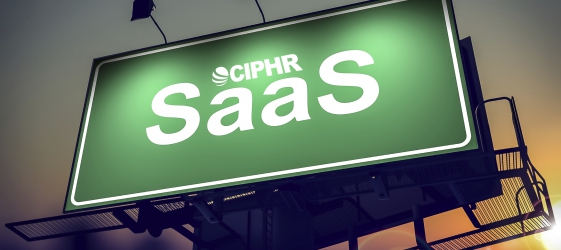People are perhaps the most important element of any business, so it’s vital to look after your employees properly. And when it comes to payroll and human resources software, it pays to choose a solution that not only meets your needs but can also grow with your organisation.
Assessing your needs
Implementing any new system successfully means assessing your needs and asking the right questions of your supplier. You need to consider ease of use and whether the solution will be adaptable should the needs of your company change.
Many organisations are now choosing to adopt software as a service (SaaS) solutions (such as those offered by www.ciphr.com) because they offer greater flexibility. Using the cloud also means that someone else has the worry of maintaining and upgrading the system.
Whatever route you take, you need to make a list of your key requirements. Decide what reports you need, whether you need to integrate time and attendance functions, payroll, training and other functions. If you want to integrate with existing systems elsewhere in the business you need to consider compatibility too. It’s also useful to talk to the people who will actually use the system to find out what they would like to get from it.
Create a spreadsheet with a list of your requirements. This means when you evaluate different solutions you can check off the features. This will help you reach an informed decision.
Implementing the software
Once you’ve selected the package you think is right for your needs you need a plan to implement it. If you’ve opted for a locally installed solution then you’ll need to ensure that you have an appropriate server and that procedures are in place for maintenance, security and backups.
A cloud solution takes much of this burden and places it with the supplier so you have less to worry about. You’ll only need to ensure that you have desktop and mobile systems that can access the software via the internet.
If you’re migrating from an older system then transferring your data becomes an important consideration. Your supplier should be able to help you here but you also need to prioritise the process. Decide which parts of the system you need first and plan accordingly. If you’re migrating a payroll system then obviously this would take priority over historical records.
You need procedures in place to ensure that the data being migrated is correct. You can also use the process to weed out any errors that may have crept into your old records. This is a good opportunity to try out the program’s reporting features. If you have the opportunity to run the new system alongside your old for a time you can compare results to make sure everything is running smoothly.
The right software can make a big difference to the smooth running of your HR department and ultimately, to the success of the company as a whole. Making sure that you select the right package for your needs and that you implement it well is therefore one of the most critical tasks you can undertake.
About Ali Gajani
Hi. I am Ali Gajani. I started Mr. Geek in early 2012 as a result of my growing enthusiasm and passion for technology. I love sharing my knowledge and helping out the community by creating useful, engaging and compelling content. If you want to write for Mr. Geek, just PM me on my Facebook profile.

















